There are many different industries where cranes are standard operating equipment. The most obvious is the construction industry. However, there’s no shortage of other occupations where you find crane operators plying their trade. You’ll discover cranes in automotive, manufacturing, energy, transport and many other industries.
It’s also apparent that most cranes are substantial pieces of equipment. That means it isn’t just crane operators who must follow strict safety guidelines. Anybody working in the same area or interacting with the crane should take extra caution.
So, let’s look at crane safety tips, mainly why it is essential, and some tips to ensure good worksite health.
Why is Crane Safety Important?
Everybody should feel safe going to work. While there is inherently a higher risk of injury in construction jobs than in an office, workers should still expect to come home from work without injury or incident. According to Safe Work Australia, there were 194 worker fatalities in 2020. Add to that an incredible 120,355 serious claims being lodged for workplace injuries.
Let’s look further at some of the statistics from Safe Work Australia. Of the 194 worker fatalities, 80 were due to vehicle collisions, including moving machinery. Other causes included being hit by moving or falling objects or being trapped by moving machinery. Not all of these resulted from crane use, but they can certainly give rise to such injuries. It’s also worth noting that machinery operators and drivers made up 67 of those fatalities, 60 of which also came from the construction, manufacturing and mining industries.
As far as worker safety goes, this is 194 fatalities too many.
The Importance For Businesses
No company wants to see harm come to its employees. However, along with the human element, there is also a very real financial cost when it comes to workplace injuries and fatalities. Remember we mentioned the 120,355 serious injury claims in 2019/2020? Those injured workers indeed spent time in recovery and were away from the workplace. This means companies need to employ additional staff or find other ways to get the job done. That all costs money, especially when the injured worker is likely still being paid.
The average compensation paid for these claims was $13,500. Now, we understand that insurance companies, not employers, pay such claims directly. But as claims increase, so do insurance premiums which affect a company’s bottom line. Notably, 38% of serious claims came from labourers and machinery operators/drivers.
As you can see, as a business owner, construction manager or property developer, there’s a significant financial motivation for minimising the risks of workplace injury.
Crane Safety Tips to Minimise Incidents
Accidents happen on worksites, and that’s something we will probably never get away from. However, the severity of those accidents and their frequency can be minimised by following best practices for crane operation. We understand there is a lot to think about when operating heavy machinery.
Consider reducing diesel contamination, maintaining your gear with regular servicing and conducting regular performance tests. There are several things workers, managers, and businesses can do to ensure the safety of all workers. To help you with your projects, here are a few tips for crane safety.
Inspect Equipment
We’d be willing to bet that this crucial step is often missed on worksites around Australia. Ideally, a crane should always be checked before use. Of course, we’re not talking about a full mechanical inspection. However, some basic checks should be done to ensure everything works properly. This should include checks on:
- Mechanical
- Structural
- Hydraulics
- Electrical
Crane equipment is like any other vehicle or machinery. Parts become worn through natural wear and tear. Unsafe operation also causes damage to equipment. As a result, crane operators should always conduct a few preliminary checks before starting work. While site managers may not be thrilled at the idea of having a large piece of equipment taken out of circulation for repairs, the fact is that these precautions could save lives.
Properly Secure Loads
It might sound pretty obvious, but any loads being lifted by a crane should be double and triple checked. Cranes also have load limits for safe operation, so the weight should be checked thoroughly.
All types of mechanisms are used to secure crane loads, which might vary from application to application. The one thing that never changes is the requirement for everything to be fastened correctly. Remember that any straps, ties, cables, chains or any other securing mechanism will also have a weight limit that they can support.
Just like checking the general operations of a crane before use, ensure that any secondary equipment used for securing loads is also in good condition and used according to guidelines.
Inspect the Ground Conditions Below
While many types of cranes are designed to move over uneven terrain, it’s a different story when it comes to stopping and operating the crane. No matter how big, strong and rated for rough terrain a crane may be, it still needs solid ground beneath it to operate safely.
Many factors can impact the condition of the ground, but the weather is the biggest one. Rain and ice can significantly alter the solidity and strength of the ground, which can be a nightmare when operating a crane. Any unexpected movements such as slipping can cause crane operators to lose control, putting themselves and all workers in the area at risk.
Only Employ Expert Operators
Operating a crane isn’t easy. It’s not like jumping behind the wheel of a different car. Crane operation takes years of practice to develop the skills to perform at a high level. In fact, to operate a crane in Australia, you need to complete specialist training and obtain a High-Risk License from state authorities.
In many Australian industries, there is often a thought that if someone has operated a piece of machinery before, they should be fine to do it again (whether they are licensed or not). It might be a small job and too much of a hassle to get a fully licensed and certified operator in, so maybe someone who has operated a crane before can do just this one job… This is NEVER a good idea.
More than being a bad idea, it breaches several workplace health and safety rules and puts the company at risk of severe penalties or legal action. Moreover, the company is wide open to the consequences if something goes wrong, such as a workplace accident or injury.
Even if you disregard the risk of penalty and punishment, imagine telling a family member that their loved one was injured or worse because they were operating equipment they aren’t licensed to use. Inexperienced operators put themselves and all other workers at risk.
Comprehensive Planning
You will usually know the need for crane operation well in advance. For example, it could be a construction project that only needs a crane for a specified amount of time. This might apply to projects that rely on crane hire, so it makes business sense to be well organised and plan the times you’ll need it.
However, planning has a lot to do with safe equipment operation too. Many workplace accidents occur because people are rushing to meet deadlines. You can take away that risk by allowing more time than usual for crane operation.
The other benefit of careful planning is the ability to clear a worksite of non-essential workers while the crane is in operation. The fewer people in the area, the lower the risk of incident. Plus, it also gives you plenty of time for those pre-operation checks we mentioned earlier.
Appropriate Management of People on the Ground
While we’re on the subject of clearing the crane area, it’s worth doubling down on this importance. A safe permitter needs to be established around the crane, with people remaining a safe distance away at all times. This isn’t just a safety tip; it’s an essential workplace health and safety guideline.
You should also ensure that no other work tasks are being completed in the immediate vicinity of the crane. Checking overhead risks is also necessary, especially when working around power lines or other buildings.
Always Use the Right Crane Attachments
We’ve already mentioned that mechanisms for securing loads should be checked. It’s even more critical that they are the right attachments to begin with. In Australia, crane lifting equipment needs to meet strict standards. They need a Proof Load Certificate of Conformance to Australian Standards.
When choosing crane equipment and attachments, ensure that everything meets the required Australian Standards, and if a supplier cannot give you proof of compliance, look elsewhere. The safety of your workers is something that you should never gamble with.
Do You Need Cranes For Your Project?
Plantman offers a wide range of cranes for sale and hire. Whether you want to purchase one for long-term use or need one for a specific project, our team is here to help. Our crane trucks come in a range of sizes and lifting capacities. Plus, we can configure crane trucks for your specific needs.
We adhere to the highest safety standards, with all our equipment impeccably maintained. For longer-term projects, we can even take care of all your crane servicing and maintenance needs. Contact us today and find out how we can help your projects become great successes.

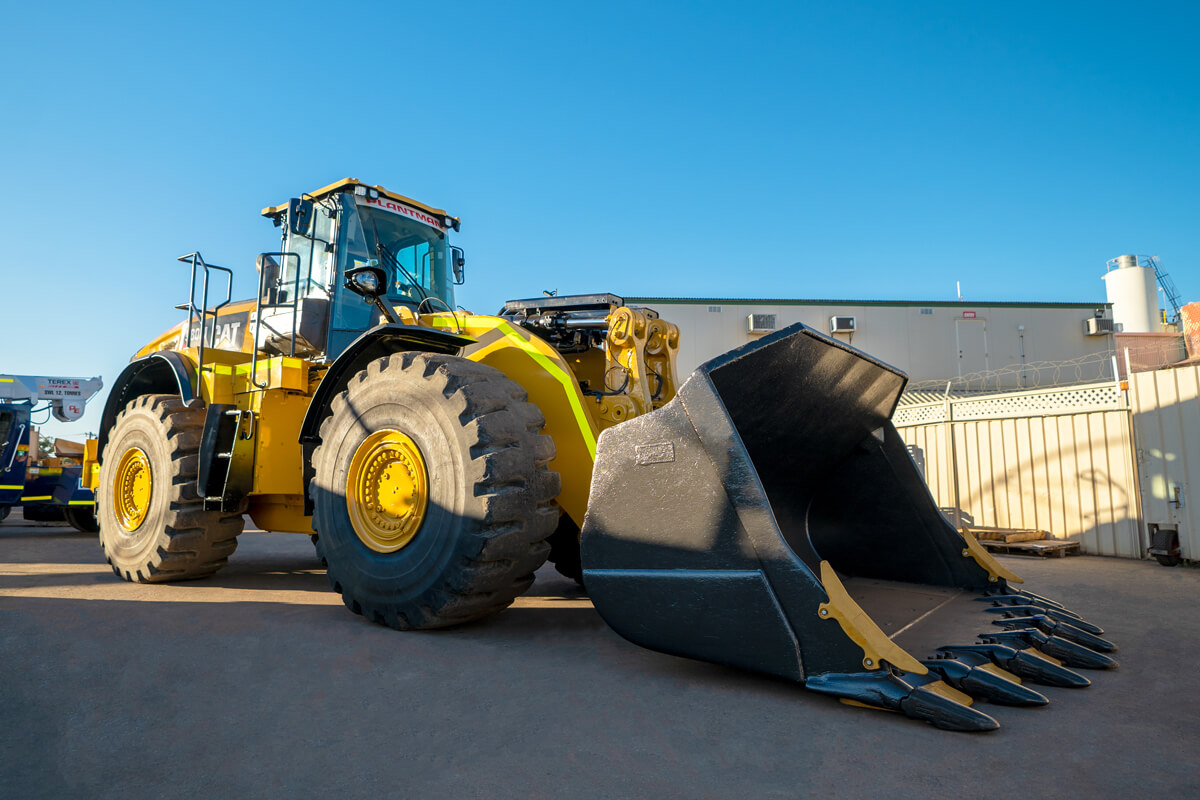
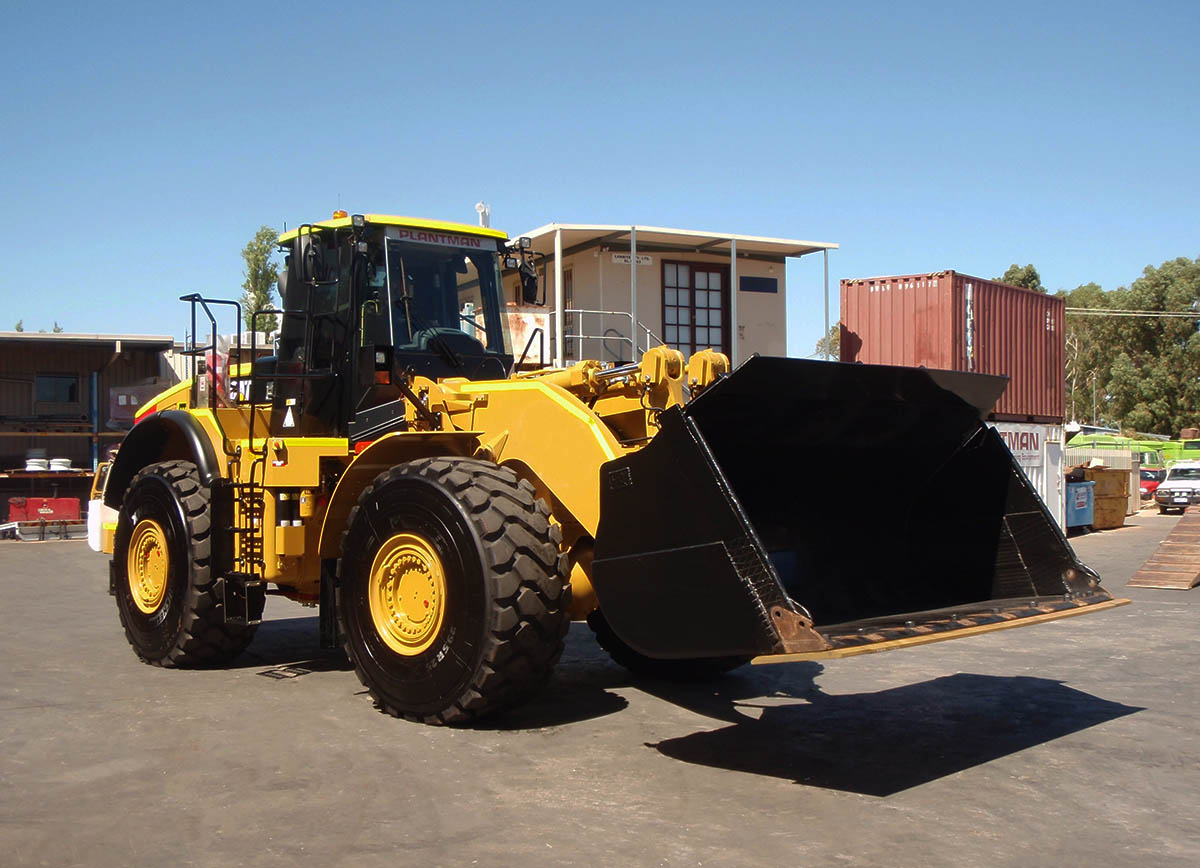
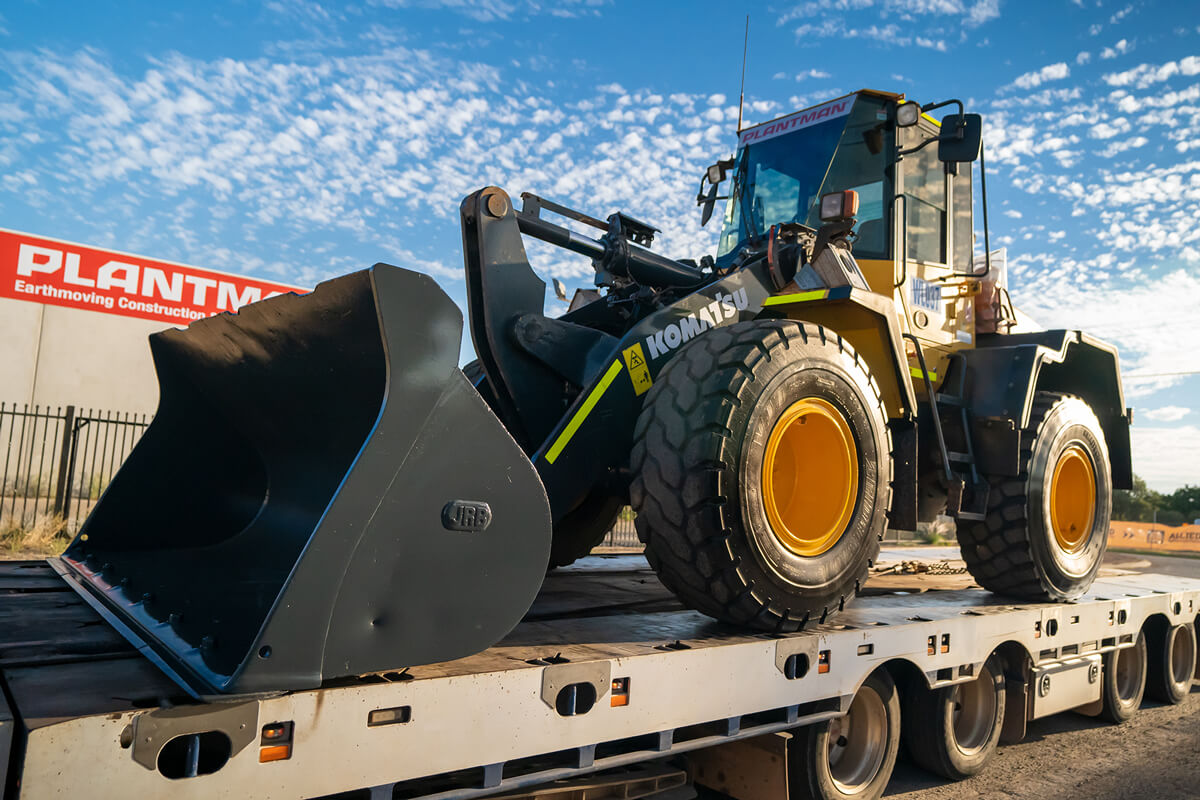
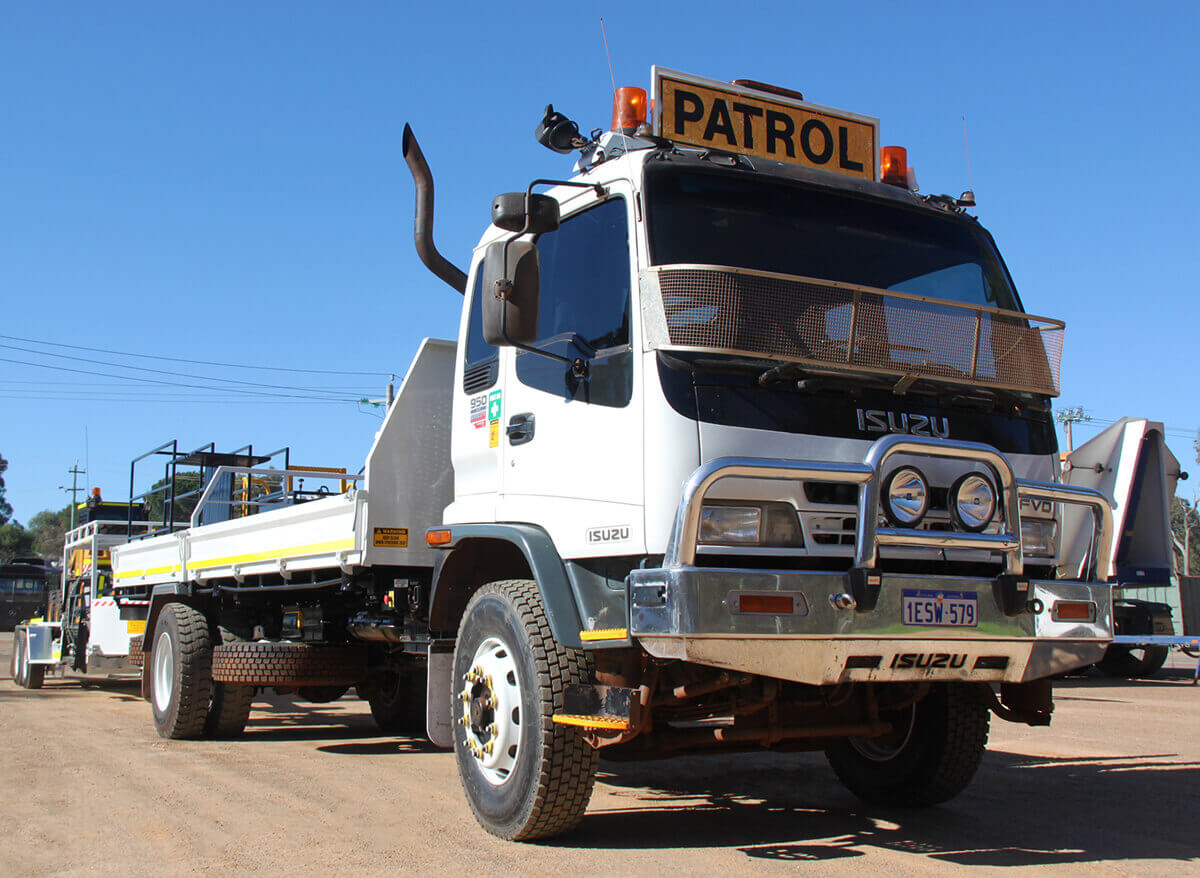
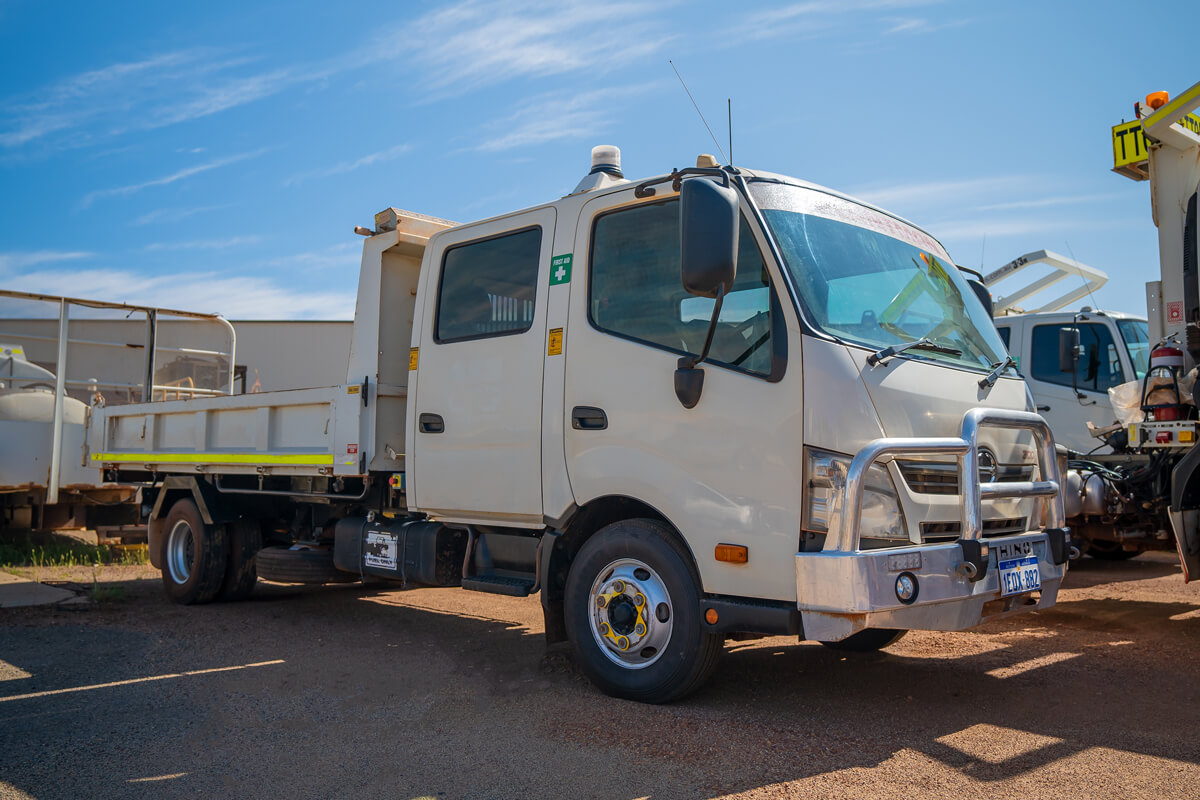
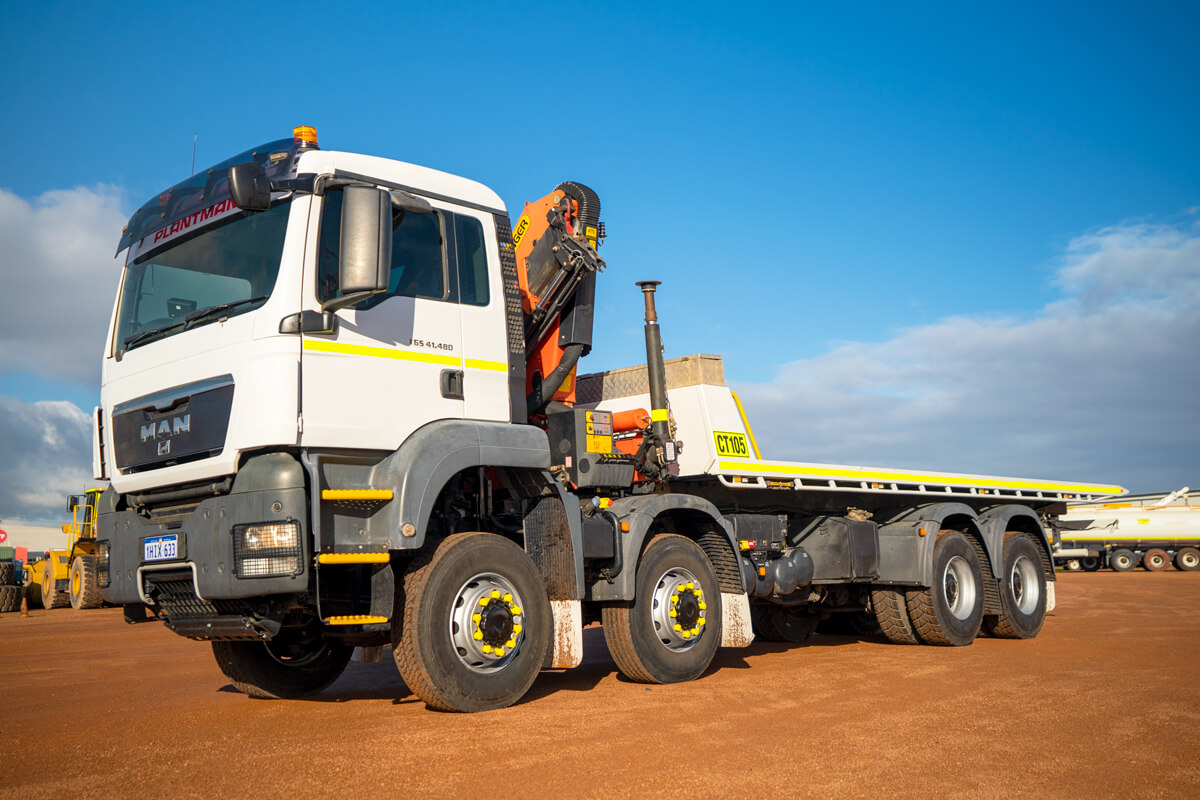
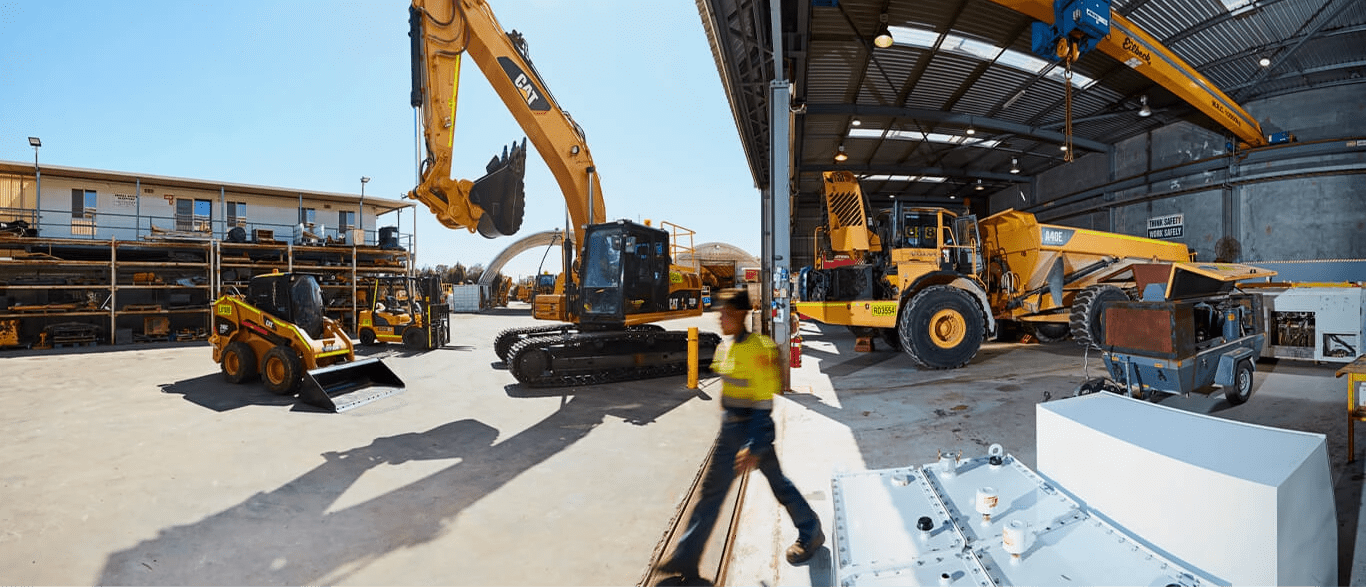

Now that I’ve found Plantman and they’re local which is a bonus, I won’t need to look elsewhere. They also have an extensive range of equipment that suits our requirements for servicing the mining industry. I have no hesitation in recommending Plantman to any of our clients. Well Done!!!